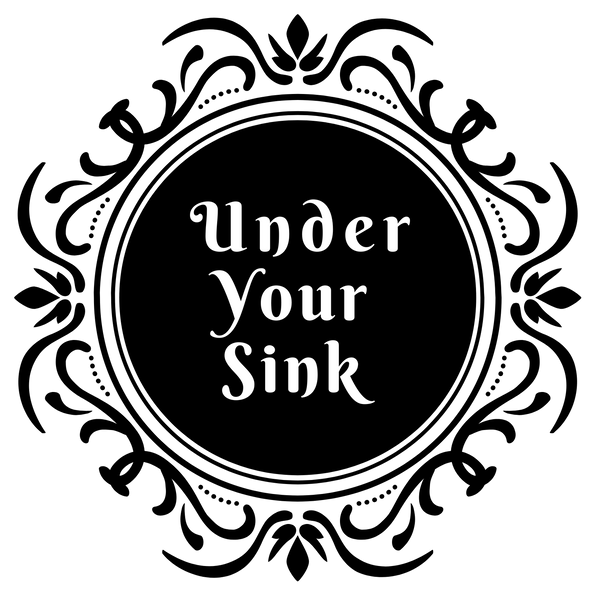
Borax, Boron, and Boric Acid
Enter the world of chemical compounds often used interchangeably but have distinct properties. In this enlightening blog, we embark on a journey to unravel the complexities that set these three substances apart.
Borax
Borax, also known as sodium borate, is a naturally occurring mineral compound composed of sodium, boron, oxygen, and water. It is usually found in the form of white crystals or a white powder.
Borax is commonly used as a cleaning agent, laundry booster, and insecticide. It has alkaline properties and is less toxic than boric acid.
Chemical Formula: Na₂[B₄O₅(OH)₄]·8H₂O
Boric Acid
Boric acid is derived from borax through a process called acidification. It is a weak acid with antiseptic, antifungal, and insecticidal properties. Boric acid is often used in a variety of applications, including as an eyewash, antiseptic, and pest control agent.
While boric acid shares some uses with borax, it is generally considered to have higher toxicity and should be used with caution.
Chemical Formula: H3BO3
Boron
Boron is a chemical element and is the basis for both borax and boric acid. It occurs naturally in the Earth's crust and is found in minerals like borax and boron minerals.
Boron is an essential micronutrient for plants, playing a role in their growth and development. In human nutrition, small amounts of boron are also considered beneficial for bone health.
Chemical Element on Periodic Table: B
